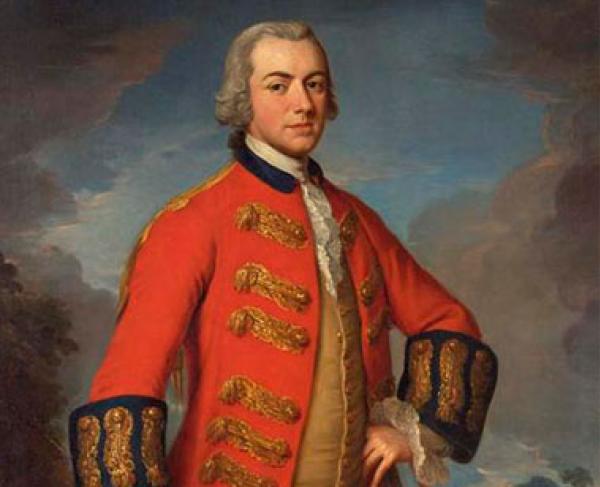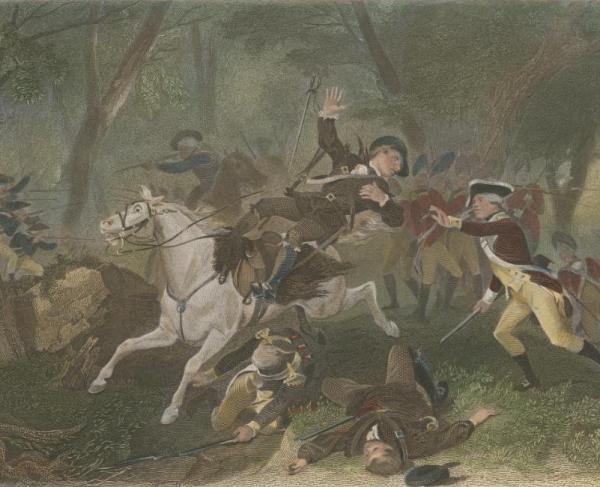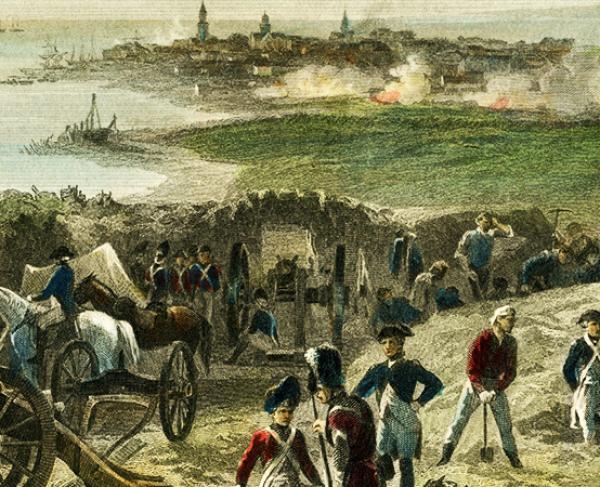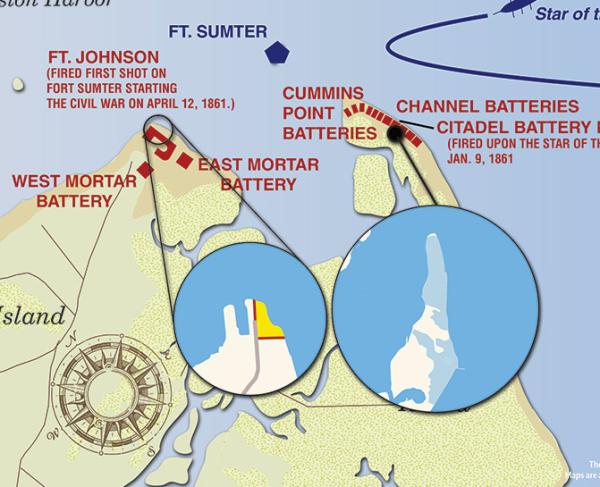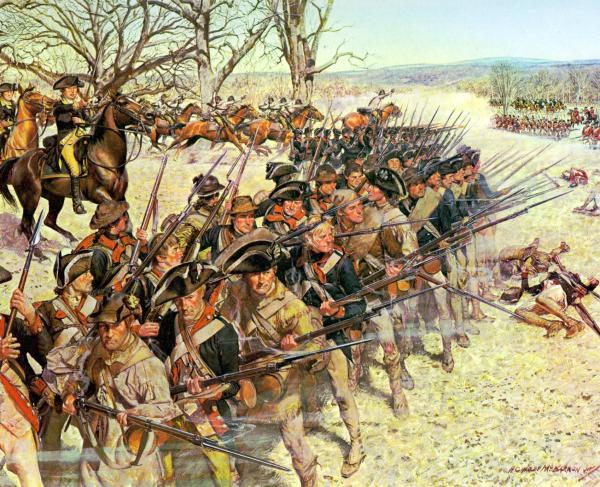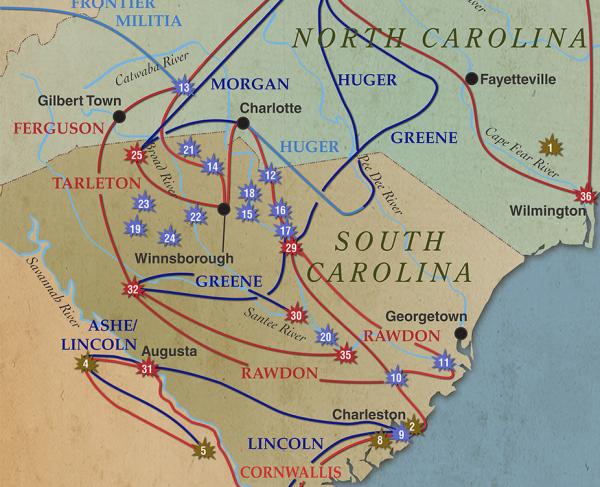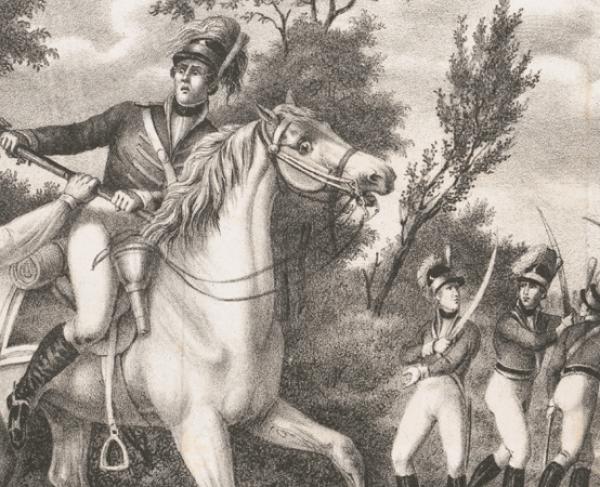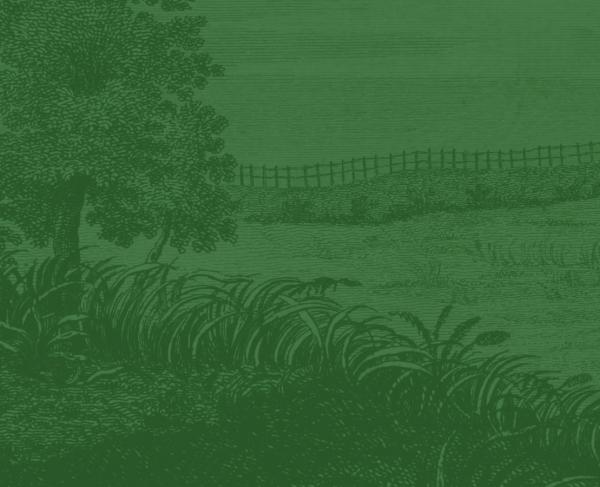
Monck's Corner
Berkeley County, SC | Apr 14, 1780
A British victory, the Battle of Monck’s Corner on April 14, 1780, successfully cut off Patriot communication to city of Charleston, South Carolina and dispersed Patriot reinforcements. This victory allowed the British to lay siege to Charleston with limited outside interference.
How It Ended:
British Victory. Monck’s Corner was a humiliating defeat for the Patriots, ultimately leading to the fall of Charleston, South Carolina on May 12, 1780.
In Context:
During the Siege of Charleston, British General Sir Henry Clinton sought to close off the communication lines between Patriot forces outside the city and General Benjamin Lincoln inside Charleston. Clinton ordered Lt. Colonel Banastre Tarleton into the countryside on April 12, 1780, to cut off these lines at Monck’s Corner, located in current day Berkeley-county, South Carolina, along with any escape routes outside the city using the Cooper River.
The Lowcountry crossroads at Monck’s Corner was a winding spit of swamp located on the western bank of the Cooper River about thirty-two miles north of Charleston. Northeast of the little village crossroads was Biggin Bridge that crossed the Biggin Creek swamp. As the British sought to lay siege to Charleston, Patriot General Isaac Huger’s mission was to keep communication into Charleston open along the Cooper River. Huger had approximately five hundred dragoons and militia with him at Monck’s Corner to defend the communication and supply lines. However, two companies of Huger’s infantry had no muskets, and while one company of infantry did have muskets, they lacked ammunition. Huger assigned the militiamen to Biggin Bridge and extended them up to Biggin Church, located on the eastern bank of the Cooper River. The Patriot cavalry, under the command of Lieutenant Colonel William Washington, was placed on the western side of Biggin Bridge. While the cavalry were well-equipped with horses and supplies, Huger had problems with them because they refused to “move without a large detachment of infantry.”
British General Clinton knew that he needed to seal off Monck’s Corner from Charleston to prevent supplies, information, and reinforcements from coming into the city. Monck’s Corner also served as a potential escape route for the besieged troops under Gen. Lincoln in Charleston. To hasten the success of the siege, Clinton tasked Colonel Tarleton with removing the threat from Monck’s Corner. Clinton also sent Lt. Colonel James Webster with the 33rd and 64th Regiments of Foot to link up with Tarleton to destroy Huger’s force located there. On April 13, 1780, the American Volunteers and the North Carolina Loyalists commanded by Major Patrick Ferguson reinforced Tarleton’s men as well. When Webster arrived, his men brought the British forces to a total of about 1,400 strong. Overseeing the overall operation, Webster placed Tarleton in command of the forward assault, leaving his own forces in reserve. On the evening of April 13, Tarleton’s Legion and the American Volunteers under Major Ferguson proceeded swiftly and silently into the night as they made their way to Monck’s Corner.
As they approached, the British intercepted a messenger from Huger’s camp carrying a letter intended for General Lincoln in Charleston. The letter described how Huger’s troops were positioned at Monck's Corner. With this new information, the British continued their silent march, covering eighteen miles in five hours without encountering a single American soldier on watch.
500
1,400
At 3:00 am on April 14, aware that Huger had placed his cavalry in front of his infantry, the advanced guard of Legion dragoons and mounted infantry charged into the main camp. Swamps surrounded both flanks, leaving a narrow corridor for the British to raid and easily disperse the American defense of Biggin Bridge. Panicked and unable to establish themselves, Huger and Washington, along with other officers and most of the men fled into the swamp without their horses. The American objective was no longer defending Monck’s Corner: it was escaping capture or death. Chevalier Pierre-Francois Vernier, a Patriot commander, saw the futility in fighting, but upon asking for quarter was slashed with sabers and mortally wounded. Some of the Continental dragoons let by Captain Baylor Hill followed behind the British Legion and made their escape by blending in with them in the darkness. Major Charles Cochrane’s Legion infantry charged the remaining militia guarding Biggin Bridge with fixed bayonets, dispersing them into the swamps without much resistance. The surprise attack was a resounding success for the British. The victors saw only three wounded while the Americans saw thirty-three dead or wounded and suffered sixty-three captured. Even worse for the Patriot cause overall, the British captured 185 horses, thirty wagons loaded with arms, gunpowder, clothing, and ammunition. Tarleton now had enough horses to fully mount his cavalry, a feat within itself.
96
3
Colonel Webster moved to Strawberry Ferry on the Cooper River and ordered Tarleton to seize all the boats at Bonneau’s Ferry, sealing off the east branch of the river. The British siege on Charleston advanced with the new closure of Cooper River to Patriot resistance.
Washington believed Tarleton’s attack was lucky, striking at the perfect time. Loyalist Anthony Allaire said that when Tarleton struck, the Americans were breaking camp. According to some accounts, if the British had arrived a few hours earlier, they would have encountered pickets who might have alerted the camp. Tarleton’s capture of Monck’s Corner sealed off the west branch of the Cooper River and completely cut off Charleston from inland South Carolina. It would be the British officer’s first successful attack in the Southern Theater, showing his daringness to lead offensives into the heart of the enemy. The British occupied the entire area along the Cooper River, including the nearby plantation of Tory Sir John Colleton’s widow, where several of Tarleton’s men abused the women held up there. Though Ferguson himself stepped in and had the soldiers reprimanded, the incident, along with the aggressive attack, immediately created a picture of Tarleton as a commander to be feared.
By 1788 – 1789, the Northern Theater of the American Revolution had come to a stalemate. Because of these, the British renewed their determination to find victory in the Southern Theater, believing that there were significant numbers of Loyalists in the southern colonies. After successfully capturing Savannah, Georgia in 1788, the British then set their sights on Charleston. If they captured Charleston, then the British had control of the largest southern port to get supplies and reinforcements from Great Britain. In addition, the British had the opportunity to communicate with loyalists in the southern colonies to gather supporters for the British cause.
In early 1780, the British were laying siege to the city of Charleston, South Carolina. The nearby crossroads at Monck’s Corner was defended by Patriot troops, who were in communication with Charleston and the Patriot forces that remained there. Leaving Monck’s corner under Patriot control, meant that American reinforcements, ammunition, and supplies could still make their way into Charleston. In order to effectively lay siege to the city, all possible sources of American aid needed to be cut off. Furthermore, the Patriots at Monck’s Corner had access to the Cooper River, which could have served as an escape route for American forces still in Charleston. After British victory at Monck’s Corner, British forces successfully isolated the Americans in Charleston, which lead to the surrender of Charleston on May 12, 1780.
Monck's Corner: Featured Resources
Related Battles
500
1,400
96
3


